The unquestionable ‘song of the summer’, we here look at how the groundwork for Despacito’s nineteen week run by the many years of mixing Latin Caribbean, and African music, as well as an earlier hit by the Biebs himself.
_________________________
Guest post by Glenn Peoples, Music Insights and Analytics at Pandora, of Medium
The groundwork for a 19-week run on Pandora’s Top Spin chart was laid by a decades-long fusion of Latin, Caribbean and African music — and a chart-topping hit by Justin Bieber.
The words are familiar to millions: “Despacito, quiero respirar tu cuello despacito, deja que te diga cosas al oído, para que te acuerdes si no estás conmigo.” The distinctive beats, boom-ch-boom-chh boom-ch-boom-chh with a tropical swing, have the distinctive sound of Latin America. It’s “Despacito,” of course.
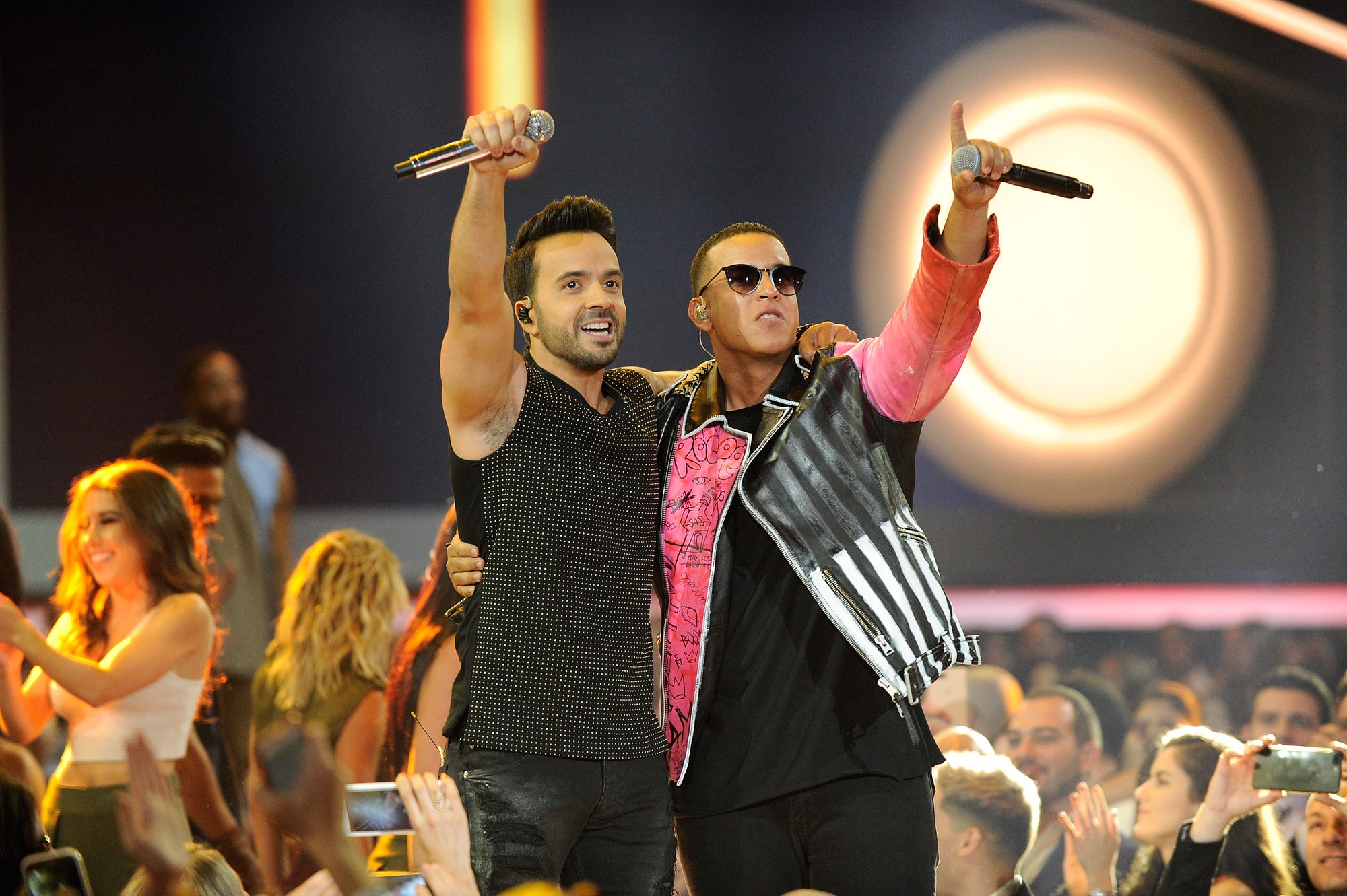
In addition to being the hottest song of 2017, “Despacito” had a great run on the Pandora Top Spins Chart, the comprehensive index of the 100 current and rising tracks getting the most spins at Pandora. The original, Spanish-language version spent 19 weeks on the chart and peaked at #12. A remix featuring Justin Bieber, the version that pushed “Despacito” into the stratosphere, spent 16 weeks on the Top Spins chart, entering at #2 and never dropping below #4. The two versions overlapped for ten weeks, meaning at least one version of “Despacito” was on the Top Spins chart for 26 weeks—half of 2017! What lies behind the song’s popularity is an intriguing backstory about the cultural and musical genealogy about a couple-decades-old, two-bar rhythm. Ultimately, however, the song has the secret ingredient that songwriters, performers and record labels strive for: “It’s infectious,” says Marcos Juarez, head of Latin music programming at Pandora. “It’s definitely an earworm.”
The annals of popular music will make a note of “Despacito,” a hit throughout Latin America before it equally became a sensation in the United States. “There is no other precedent,” says Juarez. One reference point is Enrique Iglesias’s “Bailando” featuring Descemer Bueno & Gente de Zona. “Bailando” topped the Billboard Hot Latin Songs chart for 41 consecutive weeks in 2014 and 2015, beating the previous record of 25 nonconsecutive weeks set by Shakira’s “La Tortura” in 2005. But although Iglesias had a name brand in America at the time, “Bailando” reached only #12 during a 30-week stay on the Billboard Hot 100. Two decades earlier, “La Macarena” by Los del Rio spent 14 weeks at #1 on Billboard Hot 100 chart. Like “Despacito,” “La Macarena” was a worldwide hit that was remixed and given English lyrics for U.S. audiences. But, Juarez notes, “Macarena” was a “gimmicky, kitschy song,” traits not shared by “Despacito.”
The original version of “Despacito” was released on January 12th by Universal Latin and Republic Records. Already a hit in Latin America, the song made ripples within the Latin music community in the United States, too, entering Pandora’s Top Spins chart in early March and staying 19 weeks. A remix featuring Justin Bieber followed on April 17th, magnifying the song’s popularity and quickly attracting a large crossover audience. (Adding an English-speaking star from a local market can provide viability to a hit in Latin America. Case in point: this week, Universal Latin released a new version of the hit “Mi Gente” by J Balvin with Willy Williams features Beyoncé.) On the strength of Bieber’s appearance, the remix entered the Top Spins chart at #2 and never dropped below #4 during its 16-week stay.
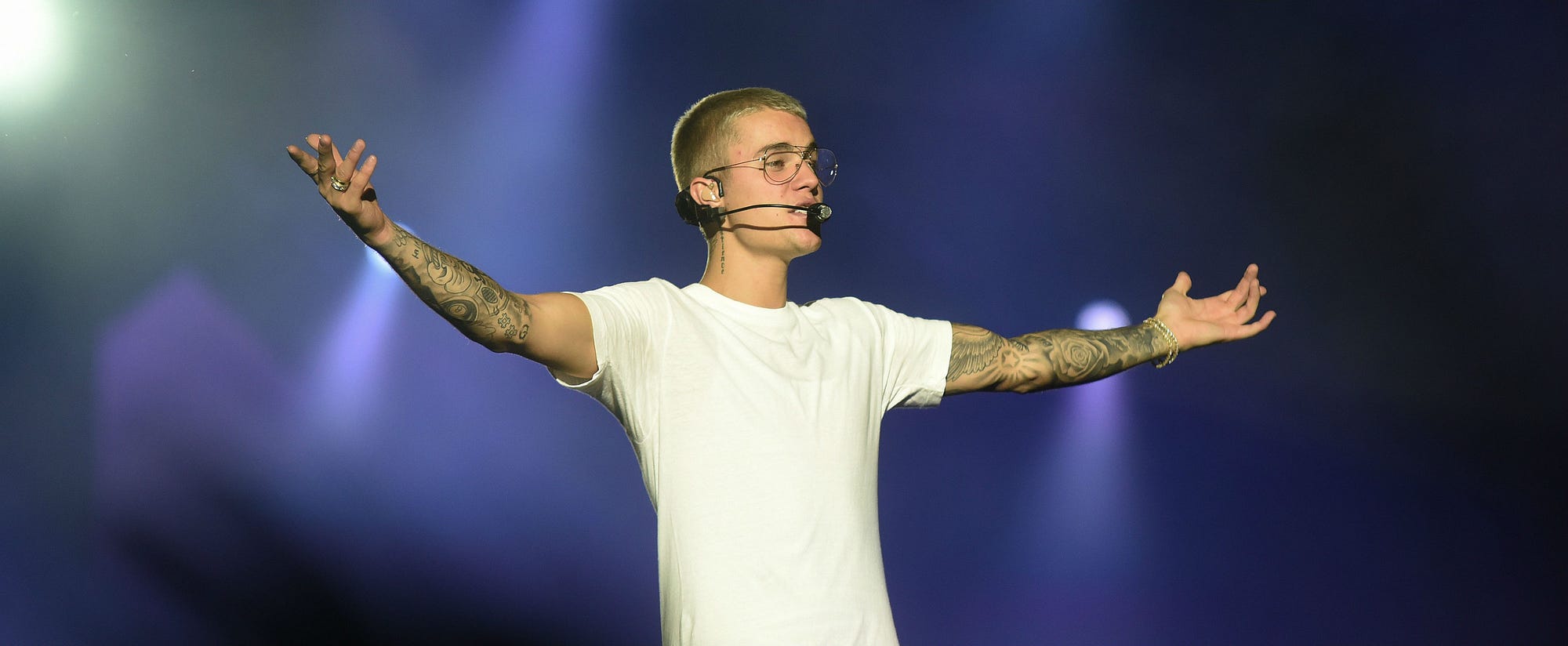
From late spring to mid-summer, “Despacito” became a thing in the United States and the latest, perhaps best example of Americans’ appetite for Spanish-language music. NBC News ran a story about the Bieber remix’s run to #1 on the Billboard Hot 100 singles chart. After the song’s 3rd consecutive week at #1, CNN.com ran an article focused on a song sung in Spanish (with Bieber singing some lines in English) beating out English-language songs. More media coverage came from the August announcement that “Despacito” had become the most-viewed video on YouTube and broke 3 billion views globally. Footprints of the media frenzy exist online. In the United States, a spike in Google searches for the term Despacito escalated 25-fold from mid-April [April 9th-15th] to mid-June [June 11th-17th]. At its peak, the word despacito had more Google searches than the words Donald Trump — and that was a controversy-filled month the New York Daily News describedas a “really, really terrible July.”
The original version’s hot streak on Top Spins could have lasted beyond 19 weeks and well into September. But Next Big Sound, the chart’s administrator, has a policy or rotating out stagnant and old tracks to maintain the chart’s freshness. At any given time, some number of months-old songs and favorite classics might rank among the most-spun songs. But a singles chart is typically expected to provide visibility into new and up-and-coming tracks. So, Next Big Sound, the chart’s administrator, employs a sunset that limits songs to 16-week stays. However, Next Big Sound makes an exception for tracks on hot streaks. A track that has posted its best spin count and chart rank in the last few weeks is allowed to keep the streak going.
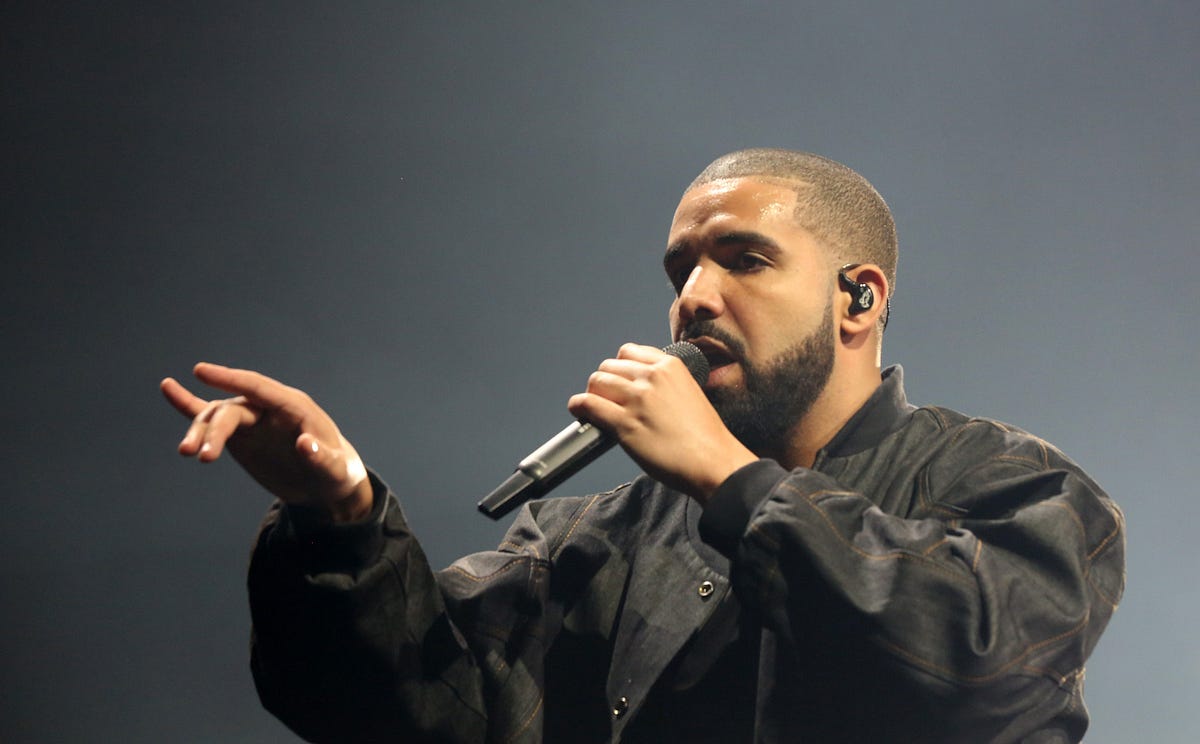
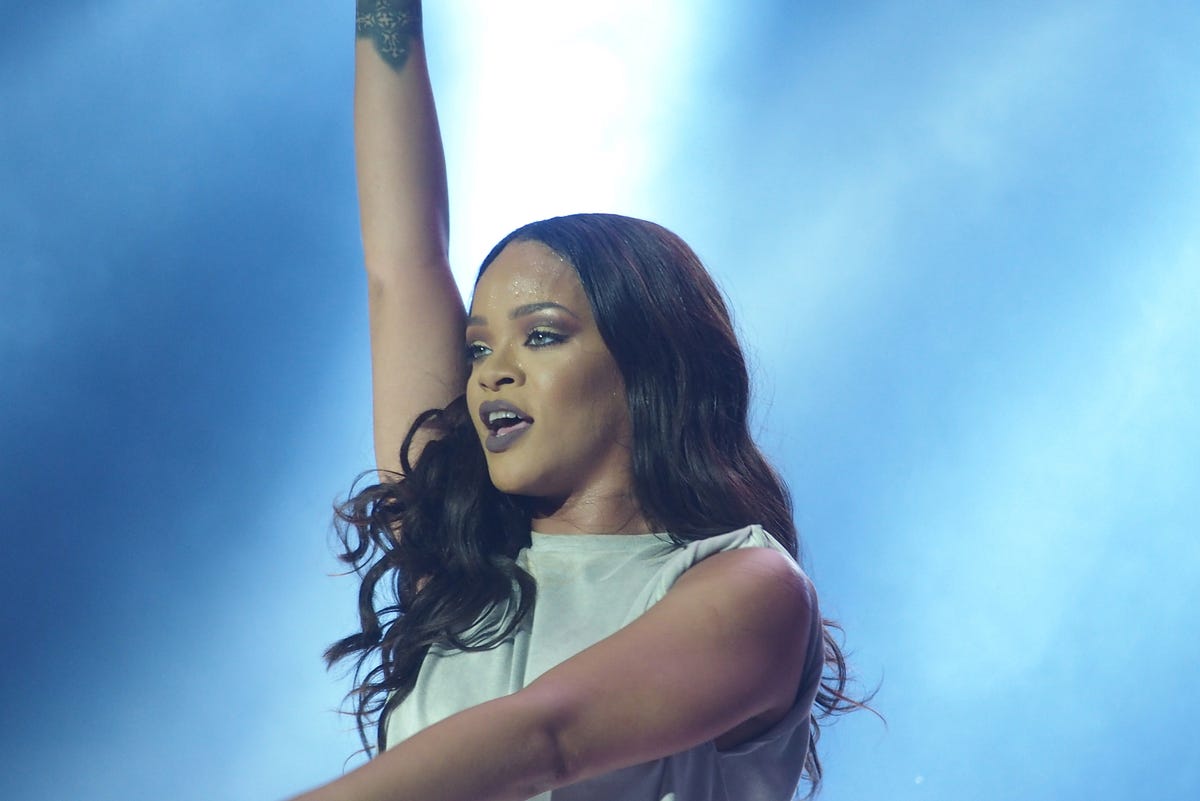
Latin music usually hasn’t ranked amongst the country’s top songs over the decades. From 1959 to 2016, in the United States, just 1 percent of the top 10 songs of each summer in the U.S. had a Latin influence, Next Big Sound’s Emily Blake discovered earlier this year. But today, some of the most popular songs combine multiple genres and influences, just as “Despacito” combines rhythms and styles of African, Caribbean, and Latin music. In fact, six of the top 100 most-thumbed tracks of 2016 had prominent reggae influences. Twenty one pilot’s “Ride” exhibits a strong reggae influence. Beyonce’s “Hold Up” has a more moderate influence.
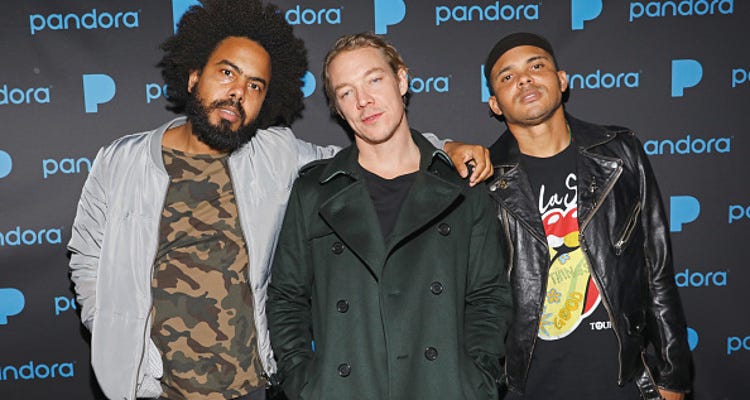

“‘Despacito’ represents the complete mainstreaming of reggaeton,” says Juarez. The song’s multi-cultural lineage traces back to dembow, a blend of Latin and Jamaican beats that originated in the 80s and were popularized in the 90s . and over the years sampled, reused and reshaped by DJs and producers. Int he following years, Jamaican-influenced Panamanian reggae evolved into a dembow-influenced genre, reggaeton, which found massive success in the early 2000s with Puerto Rican artists like Daddy Yankee and Don Omar. A decade later, reggaeton, was melded with Dutch house music to create moombahton, a new rhythm that carried dembow to wider audiences. Major Lazer, a Jamaican-influenced group formed by renowned DJ/producer Diplo, introduced the beat to U.S. audiences with the 2012 hit “Watch Out For This (Buyame)” (built on a sample of a Willie Colón and Rubén Blades song). The influence of African, Caribbean and Latin music has since bled into popular music. The 2015 hit “Sorry” by Justin Bieber had dembow-influenced beats that prepared a crossover U.S. audience for Latin-and Caribbean-influenced music. “That’s where the industry went, ‘Whoa, that formula works,’ says Herrera. The trend continued with two hits of 2016. “Rihanna’s ‘Work’ sounds like Jamaican dancehall,” Juarez explains. Drake’s “One Dance” has a contemporary African beat, and the track has Wizkid, a Nigerian artist.
Reggaeton is resonating strongly because it’s been given a lighter touch. Listen to two crossover reggaeton hits, Daddy Yankee’s “Gasolina” from 2004 and Shakira’s “Hips Don’t Lie” from 2006, and you’ll hear traditional reggaeton beats that are loud and energetic. Today’s pop-leaning reggaeton have softer percussion that retains the familiar beat. Nicky Jam’s latest single, “El Perdón,” a collaboration with Enrique Iglesias that became a Latin music hit, is a good example of this new wave of pop-reggaeton. Despacito” followed suit by calming the rhythm and putting more emphasis on the vocals and melodies. “The drums are less dynamic than your typical reggaeton drum sound, so that might be more appealing to people,” says Ayla Davila, a QA music analyst at Pandora who scores Latin music tracks’ musical characteristics for Pandora’s Music Genome Project. “Despacito” does more to separate itself from earlier reggaeton hits. Davila found the song to be “a strange hybrid” with “a bit of a skank on the acoustic guitar” and a bass line with hints of cumbia and reggae. And what sounds like an acoustic guitar opening the song is a cuatro, the national instrument of Puerto Rico.
A 19-week run on the Top Spins chart is impressive but not the longest run of 2017. In fact, to date, there have been 25 tracks with runs of 20 weeks or more. Gnash’s “I Hate You I Love You” stayed on the chart for 28 weeks including a 12-week hot streak. But while other songs can boast of more chart time, none have had the same cultural impact. The music industry will look differently at music from Latin America. Listeners will learn from the experience, too. Herrera calls it “the Despacito effect,” a tendency for people to use the song as a jumping off point for listening to other music that’s Latin, Caribbean, Jamaican, or any mix of the three. A club DJ, Herrera might be playing hip-hop, “then somebody asks for ‘Despacito,’ and people go nuts,” opening up the possibility of playing different types of music. Maybe that leads them to listen to reggaeton music, or reggae, or dembow. And maybe the next “Despacito” is out there somewhere.